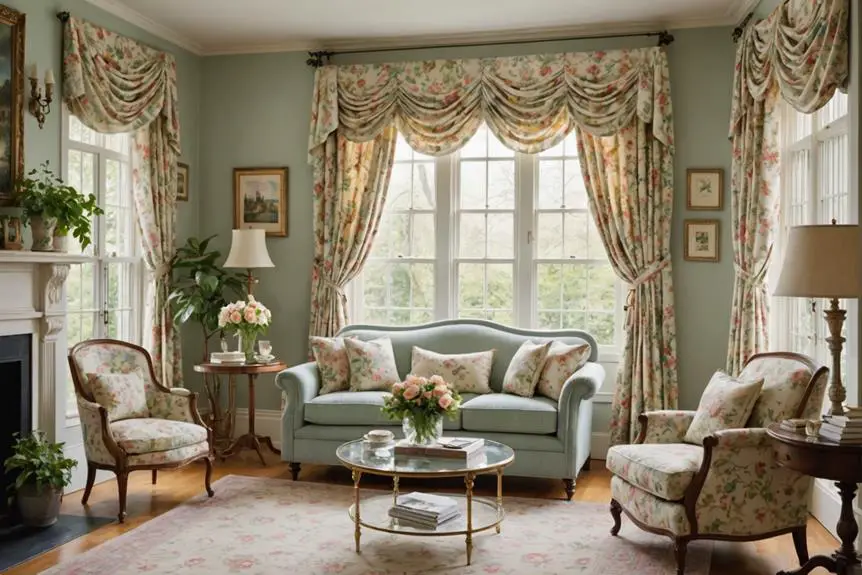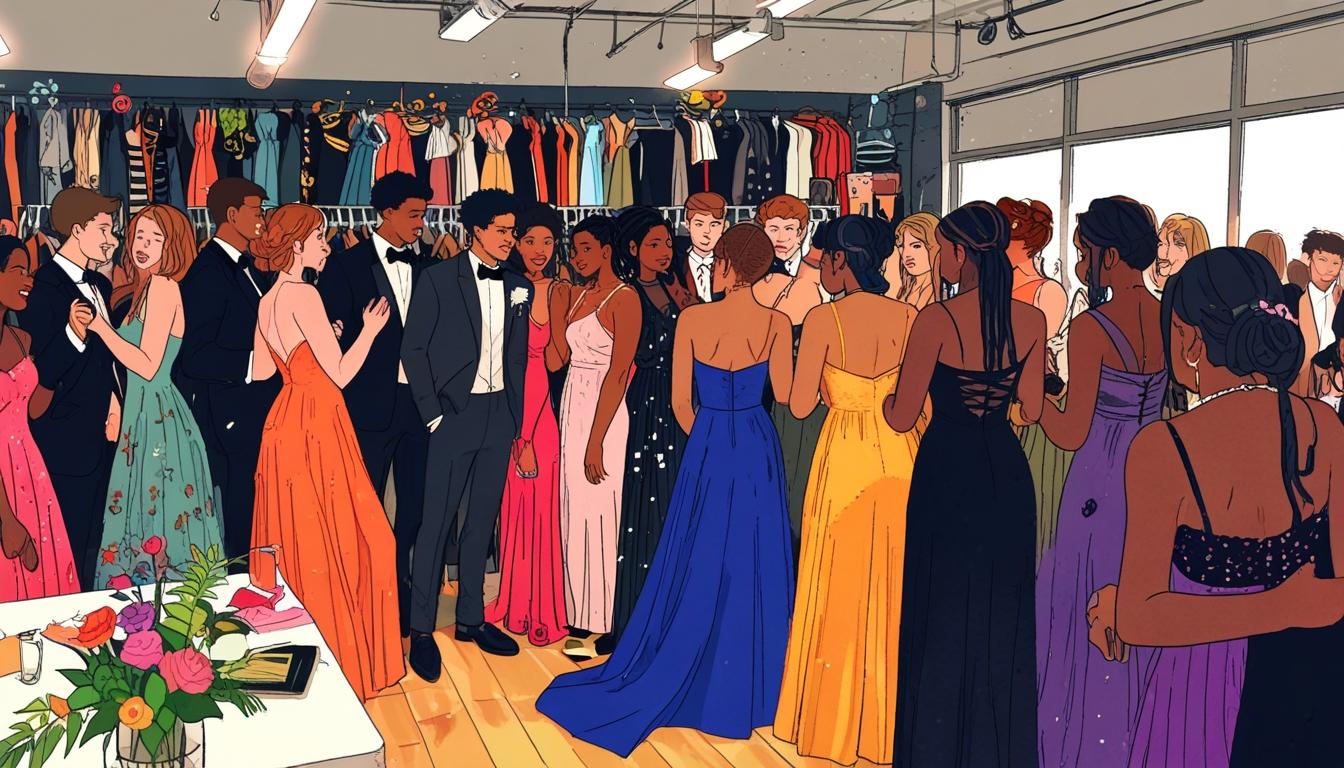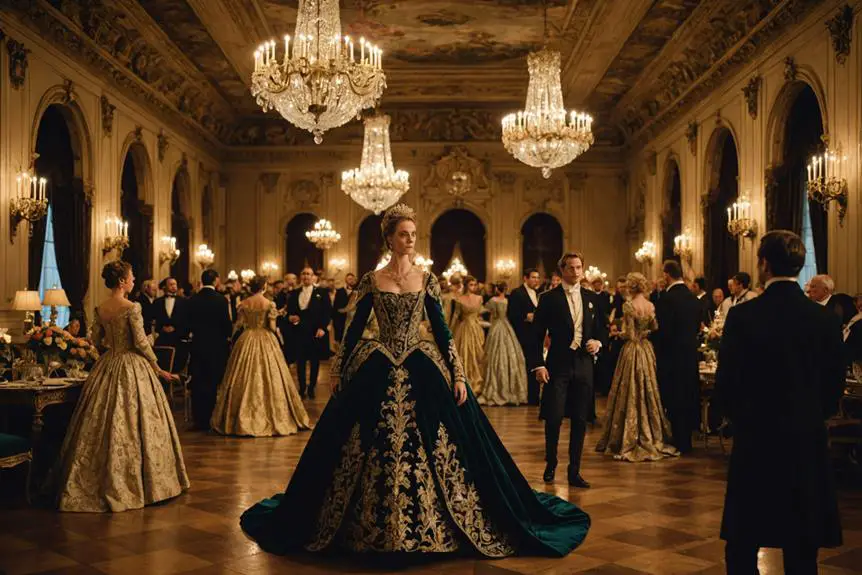When you think of Laura Ashley, what comes to mind? Is it the floral patterns that evoke a sense of nostalgia, or perhaps the vintage charm that seems to permeate both fashion and home decor? This brand, founded in 1953, encapsulates a distinct design philosophy that appeals to many. Yet, beyond its aesthetic, there's a deeper story about its origins and cultural significance. Understanding this brand's essence might just reveal more than you expect about its lasting impact on contemporary lifestyle trends. What do you think this means for its future?
Origins of Laura Ashley
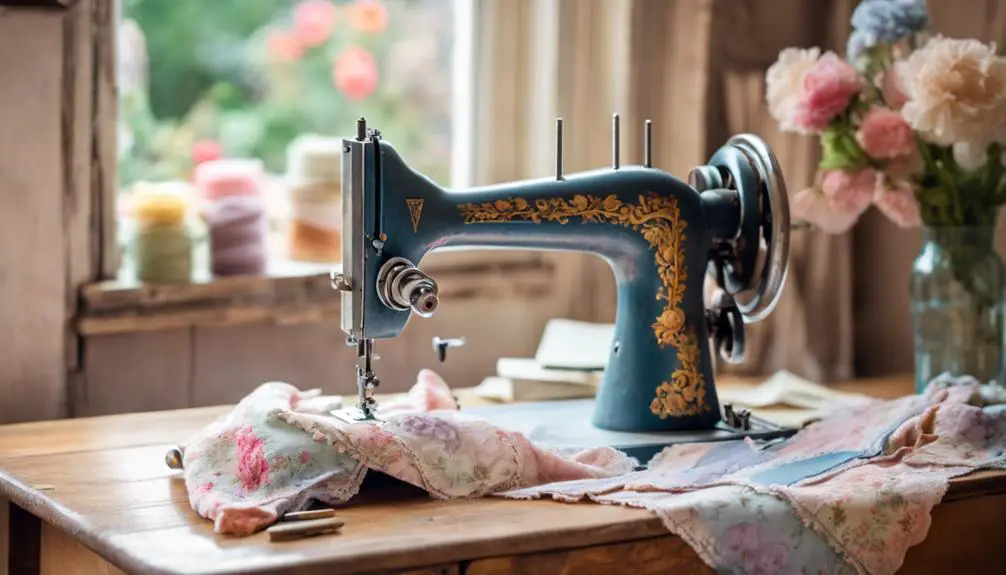
The origins of Laura Ashley trace back to 1953 when Laura and Bernard Ashley launched a small textile printing business in their cozy home in Pimlico, London. Initially named Ashley Mountney Ltd, the company aimed to create beautiful printed textiles inspired by traditional designs.
Their breakthrough came from a Women's Institute display at the Victoria & Albert Museum, where Laura found inspiration to revive the charming art of patchwork quilting. This passion for heritage and craftsmanship led to the creation of their first product—a Victorian-style headscarf, hand-printed in their attic flat.
This unique blend of fashion and home aesthetics has influenced many designers and collectors over the years.
As Laura and Bernard honed their skills, their unique printed designs began to capture the hearts of many. The floral patterns, reminiscent of classic Victorian aesthetics, soon became their signature style, setting the stage for a brand that would represent home elegance.
The demand for their products skyrocketed, prompting them to open their first shop in Machynlleth, Wales, in 1961. This marked a pivotal moment for the Ashley company, as it shifted from a small home business into a flourishing enterprise, establishing a strong presence in the home furnishings market.
Laura Ashley's journey is a reflection of the power of passion and creativity. From humble beginnings in a cozy home to becoming a household name, the brand's commitment to quality and design continues to resonate with customers, celebrating both heritage and modern style.
Design Philosophy and Aesthetic
Laura Ashley's design philosophy combines timeless elegance with a touch of nostalgia, drawing heavily from the floral patterns and romantic styles of the Victorian and Edwardian eras. You'll find that this nostalgic aesthetic is central to the brand's identity, creating spaces that feel both inviting and sophisticated. The use of soft colors and natural materials fosters a cozy aesthetic that resonates deeply with its audience.
- Iconic prints like "Briar Rose" and "Willow Bough" showcase meticulous craftsmanship.
- The focus on textile design reflects a commitment to quality and detail.
- Laura Ashley's styles perfectly blend traditional charm with contemporary trends.
At the heart of Laura Ashley's creations lies an appreciation for the beauty found in nature, as seen in their signature floral patterns that evoke a sense of serenity. By emphasizing romantic styles, the brand captures the essence of a bygone era while remaining relevant in today's fast-paced world.
You'll notice how their pieces create a warm atmosphere in home decor, appealing especially to women aged 25-55 who seek affordable luxury.
The craftsmanship evident in each textile design speaks volumes about the brand's dedication to quality. Whether it's a delicate curtain or a cozy armchair, every item exudes a refined touch that enhances your living space.
Impact on Fashion and Interiors
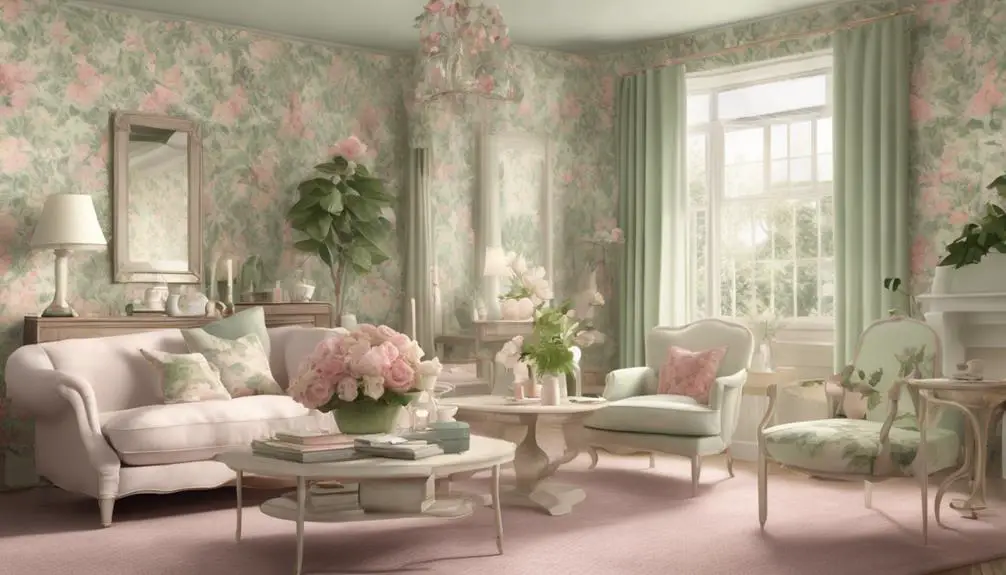
Influencing both fashion and interiors, Laura Ashley popularized floral patterns and romantic styles that became synonymous with British cottage aesthetics during the 1960s and 1970s. This iconic brand transformed the way people viewed home decor, seamlessly merging it with fashion.
The launch of the first Home catalogue in 1981 marked a pivotal moment, establishing a template for lifestyle branding that combined chic fashion with inviting interiors.
You can't discuss Laura Ashley without mentioning its iconic prints like "Briar Rose" and "Willow Bough." These floral patterns not only defined the brand's identity but also made floral motifs a staple in textile design and home furnishings.
The emphasis on these charming designs allowed audiences to embrace a cozy, yet stylish lifestyle that felt accessible.
Laura Ashley's expansion into clothing and accessories also helped pioneer the concept of the "lifestyle brand." Catering to women aged 25-55, the brand offered affordable luxury, allowing you to achieve a sophisticated look without breaking the bank.
This blend of fashion and interior design created a holistic lifestyle, where each element complemented the other.
Even today, Laura Ashley continues to influence trends across both industries, maintaining its status as a leader in home decor.
The romantic styles and floral patterns you see in contemporary design can often be traced back to this remarkable brand, showcasing the enduring impact of its vision on fashion and interiors worldwide.
Legacy and Cultural Significance
Defining a style that resonates with a sense of nostalgia, Laura Ashley's designs have left an indelible mark on both fashion and home decor. The brand embodies a rich heritage rooted in traditional values, establishing an enduring legacy that continues to inspire. Much like Burberry's commitment to quality and craftsmanship, Laura Ashley emphasizes the importance of design integrity in its offerings.
Identifying vintage items can enhance the appreciation for timeless fashion, further highlighting the importance of authenticity in both brands.
- Emphasis on quality and originality
- A strong association with British heritage
- Pioneering the cottagecore style
With floral patterns and Victorian style influences, Laura Ashley has greatly shaped the cottagecore aesthetic, appealing to those who cherish a romanticized view of country living. This lifestyle brand seamlessly integrates beauty and design across fashion and home furnishings, catering primarily to women aged 25-55.
By offering affordable luxury, Laura Ashley has cultivated a loyal customer base that values the brand's commitment to craftsmanship. The Laura Ashley association with rural charm and elegance remains culturally important today, as it reflects a timeless longing for simplicity and authenticity in modern life.
The brand's ability to resonate with consumers seeking cohesive aesthetics for their homes and wardrobes has solidified its position as a leader in the market. As new generations of designers draw inspiration from Laura Ashley's legacy, the emphasis on quality and originality endures, ensuring that the brand's influence will continue to shape the domains of fashion and interiors.
The enchanting designs of Laura Ashley remind us of the power of beauty and design, making it a cherished name in the ever-evolving landscape of style.
Recent Developments and Future Direction
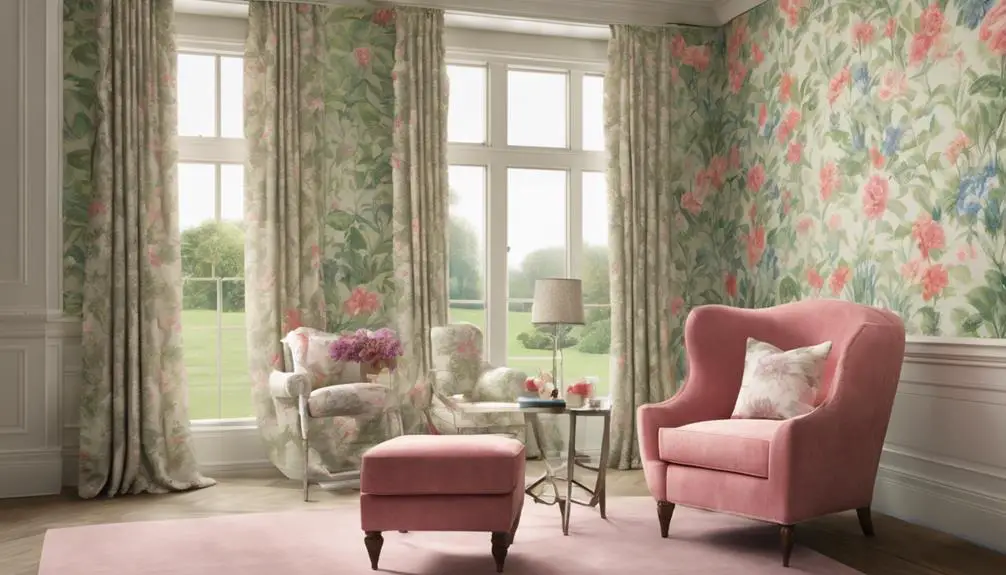
Celebrating 70 years of rich heritage in 2023, the brand has launched a special edition collection that pays homage to its iconic designs. This milestone not only highlights Laura Ashley's design legacy but also marks a pivotal moment in its ongoing evolution.
In an effort to engage customers in today's competitive market, the brand is enhancing its digital presence and e-commerce capabilities, making it easier for you to explore their offerings online.
Since its strategic recovery from administration in 2020, Laura Ashley has made a notable return to the UK high street, forming a partnership with Next in October 2020. This collaboration has reinvigorated the brand, allowing it to reach a wider audience.
Additionally, by teaming up with contemporary brands like Mamas & Papas and Baggu, Laura Ashley is expanding its product offerings to attract new demographics while staying true to its roots.
Looking ahead, the company plans to establish a heritage hub in Powys, which will serve not only as a tribute to Laura Ashley's historical designs but also as a space to connect with its loyal customers.
You can expect to see more innovative collaborations and a continued focus on quality, ensuring that the brand remains a staple in the home and fashion industries.
With these exciting developments, Laura Ashley is poised to blend its storied past with a vibrant future, enriching your experience with every step it takes.
